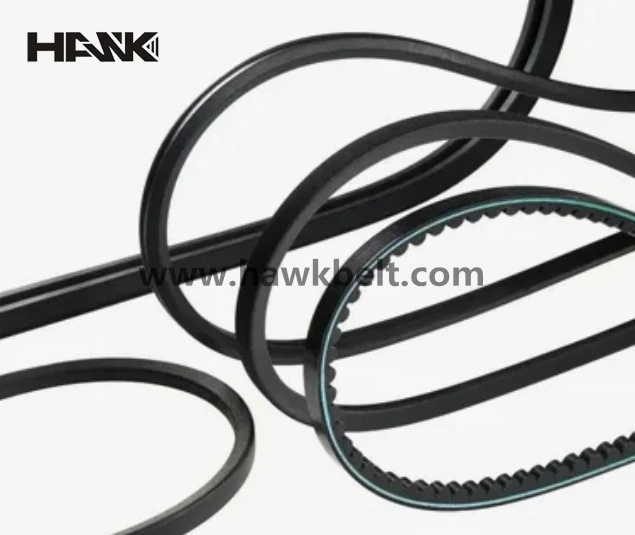- Arabic
- French
- Russian
- Spanish
- Portuguese
- Turkish
- Armenian
- English
- Albanian
- Amharic
- Azerbaijani
- Basque
- Belarusian
- Bengali
- Bosnian
- Bulgarian
- Catalan
- Cebuano
- Corsican
- Croatian
- Czech
- Danish
- Dutch
- Afrikaans
- Esperanto
- Estonian
- Finnish
- Frisian
- Galician
- Georgian
- German
- Greek
- Gujarati
- Haitian Creole
- hausa
- hawaiian
- Hebrew
- Hindi
- Miao
- Hungarian
- Icelandic
- igbo
- Indonesian
- irish
- Italian
- Japanese
- Javanese
- Kannada
- kazakh
- Khmer
- Rwandese
- Korean
- Kurdish
- Kyrgyz
- Lao
- Latin
- Latvian
- Lithuanian
- Luxembourgish
- Macedonian
- Malgashi
- Malay
- Malayalam
- Maltese
- Maori
- Marathi
- Mongolian
- Myanmar
- Nepali
- Norwegian
- Norwegian
- Occitan
- Pashto
- Persian
- Polish
- Punjabi
- Romanian
- Samoan
- Scottish Gaelic
- Serbian
- Sesotho
- Shona
- Sindhi
- Sinhala
- Slovak
- Slovenian
- Somali
- Sundanese
- Swahili
- Swedish
- Tagalog
- Tajik
- Tamil
- Tatar
- Telugu
- Thai
- Turkmen
- Ukrainian
- Urdu
- Uighur
- Uzbek
- Vietnamese
- Welsh
- Bantu
- Yiddish
- Yoruba
- Zulu
дец . 25, 2024 07:44 Back to list
Understanding the Importance of Tensioners in Fan Belt Systems for Optimal Performance
Understanding the Tensioner and Fan Belt Essential Components of Automotive Functionality
In the world of automotive engineering, the terms tensioner and fan belt are often mentioned with a hint of importance. These components, while sometimes overlooked by the casual vehicle owner, play crucial roles in ensuring that your car runs smoothly and efficiently. Understanding their function and maintenance can save you both time and money in the long run.
What is a Fan Belt?
The fan belt, also known as the serpentine belt in many modern vehicles, is a crucial component of your car's engine that drives various peripheral devices. This includes the alternator, power steering pump, water pump, and, in some cases, the air conditioning compressor. The fan belt is typically a long, rubber belt that loops around these accessories, transferring power from the engine to these essential systems. A well-functioning fan belt ensures that all these systems operate efficiently, which is vital for the performance and longevity of the vehicle.
The Role of the Tensioner
The tensioner is a device that maintains the proper tension and alignment of the fan belt. Over time, the fan belt can stretch or wear, which can lead to slippage or misalignment. This is where the tensioner comes into play. It automatically adjusts to maintain optimal tension on the fan belt, ensuring that it remains tight enough to drive the necessary components without slipping. A properly functioning tensioner prevents premature wear of the belt and the components it drives, reducing the risk of breakdowns.
Signs of Wear and Failure
tensioner fan belt

Both the fan belt and the tensioner can exhibit signs of wear and tear over time. It is crucial for car owners to be vigilant about these signs to avoid costly repairs. Common indicators that the fan belt may be failing include a squeaking noise coming from the engine bay, visible cracks or fraying on the belt, or a decrease in the performance of the accessories it drives, such as dimming headlights or difficulty steering.
Similarly, if the tensioner is malfunctioning, it may lead to erratic belt movement, visible wear on the pulley, or a belt that appears too loose or too tight. If you notice any of these signs, it's essential to have your vehicle inspected by a professional mechanic. Catching these issues early can help prevent more significant problems down the line.
Maintenance and Replacement
Routine maintenance can extend the life of both the fan belt and the tensioner. Most manufacturers recommend inspecting the fan belt every 30,000 to 60,000 miles or as specified in the owner's manual. During routine maintenance, a mechanic will check the condition of the belt, the tension, and the overall performance of the tensioner.
If the fan belt shows signs of wear, it's often replaced along with the tensioner to ensure that both components operate effectively together. This can prevent future issues and ensure that your vehicle remains reliable.
Conclusion
The tensioner and fan belt are vital components in the operation of your vehicle's engine and its associated systems. Understanding how these components work together can empower car owners to keep their vehicles in excellent condition. Regular inspections and timely replacements will not only enhance performance but also provide peace of mind while on the road. Remember, a little preventive maintenance today can lead to a safer and smoother drive tomorrow. Taking care of your tensioner and fan belt will ensure that your vehicle runs as it should, avoiding breakdowns and ensuring that every ride is a reliable one.
-
Korean Auto Parts Timing Belt 24312-37500 For Hyundai/Kia
NewsMar.07,2025
-
7PK2300 90916-T2024 RIBBED BELT POLY V BELT PK BELT
NewsMar.07,2025
-
Chinese Auto Belt Factory 310-2M-22 For BMW/Mercedes-Benz
NewsMar.07,2025
-
Chinese Auto Belt Factory 310-2M-22 For BMW/Mercedes-Benz
NewsMar.07,2025
-
90916-02660 PK Belt 6PK1680 For Toyota
NewsMar.07,2025
-
drive belt serpentine belt
NewsMar.07,2025

